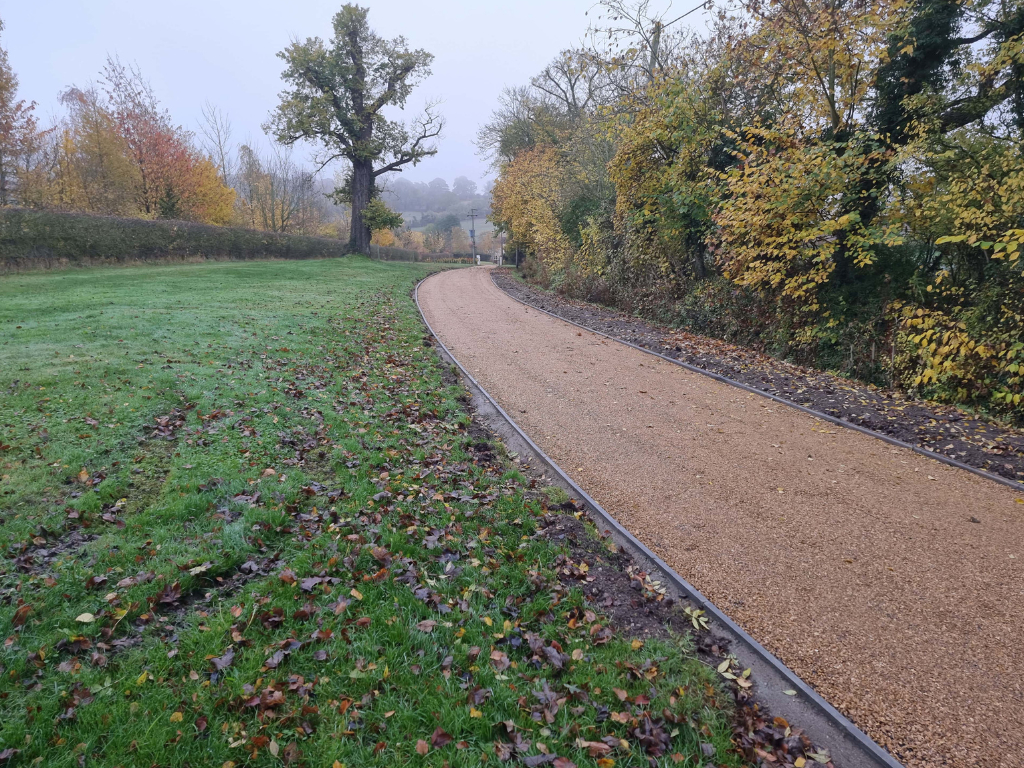Tarmac for New Building Hospital Helipads: Ensuring Safe and Efficient Landings
Introduction: Helipads are vital in providing rapid medical response and evacuation for hospitals, particularly in critical emergencies. For new hospitals, designing and constructing a helipad is a crucial part of the facility’s infrastructure. Among the various options available, tarmac is an excellent choice for newly built hospital helipads due to its durability, safety, and efficiency. In this blog post, Lakenheath Driveway Services explores the benefits of using tarmac for newly built hospital helipads and why it’s the preferred material for these critical landing zones.
The Importance of Hospital Helipads
Hospital helipads are essential for a variety of reasons:
- Rapid Medical Response: Helipads enable medical teams to respond quickly to life-threatening emergencies, reducing transport time from accident scenes to hospitals.
- Critical Patient Transport: They facilitate the efficient transfer of critically ill or injured patients, ensuring they receive timely medical care.
- Disaster Preparedness: Helipads are essential during natural disasters and large-scale emergencies, providing a lifeline for delivering supplies and medical personnel.
- Accessibility: Hospitals with helipads can serve as regional trauma centres, ensuring patients can access specialised care.
Advantages of Tarmac for Hospital Helipads
- Durability: Tarmac, also known as asphalt, is renowned for its durability and ability to withstand heavy loads. It can easily support the weight of helicopters, ambulances, and other emergency vehicles.
- Smooth Surface: Tarmac provides a smooth and even surface, ensuring a safe and stable landing for helicopters. This minimises the risk of skidding or uneven landings.
- Quick Installation: Tarmac can be installed relatively quickly, reducing construction time and minimising disruptions to hospital operations.
- Low Maintenance: Tarmac requires minimal maintenance, making it a cost-effective choice for hospital helipads. Regular inspections and occasional resurfacing are usually sufficient.
- Weather Resistance: Tarmac can withstand weather conditions, including rain, snow, and extreme temperatures, ensuring year-round usability.
- Safety Markings: Tarmac can be easily marked with essential safety signage and helipad markings to guide pilots during landings and take-offs.
- Environmental Considerations: Tarmac is a recyclable material, aligning with sustainable construction practices.
Design and Construction Considerations
When designing and constructing a tarmac helipad for a new hospital, several critical considerations should be taken into account:
- Location: The helipad should be strategically located for easy access to emergency departments and other critical areas within the hospital.
- Size and Dimensions: Ensure the helipad is appropriately sized to accommodate the types of helicopters that will be landing. Consider the hospital’s anticipated needs and any future expansions.
- Safety Measures: Incorporate safety measures such as landing lights, windsocks, and fire extinguishing equipment.
- Regulatory Compliance: Consult local aviation authorities and adhere to relevant regulations and guidelines for hospital helipads.
- Accessibility: Ensure a clear and unobstructed path for emergency vehicles to access the helipad.
Conclusion: Tarmac is a reliable and efficient for constructing new hospital helipads. Its durability, smooth surface, and low maintenance requirements make it an ideal material for these critical landing zones. When designed and constructed with precision and safety, tarmac helipads contribute significantly to hospitals’ rapid response and efficient medical care during emergencies.
Call us on: 01842 778 593
Click here to find out more about Lakenheath Driveway Services
Click here to complete our contact form and see how we can help with your driveway needs.

